Free ACLS Practice Test
Prepare to excel in your Advanced Cardiovascular Life Support certification with our engaging ACLS practice quiz. Aligned with the most recent ECC guidelines, this sample test will help you challenge your knowledge of cardiovascular emergency care situations. So, start your journey towards ACLS expertise and enhance your confidence!
Hurry, don’t let time run out! 5 mins 00 secs
2/10
Good try!
Now you can give it another shot9/10

